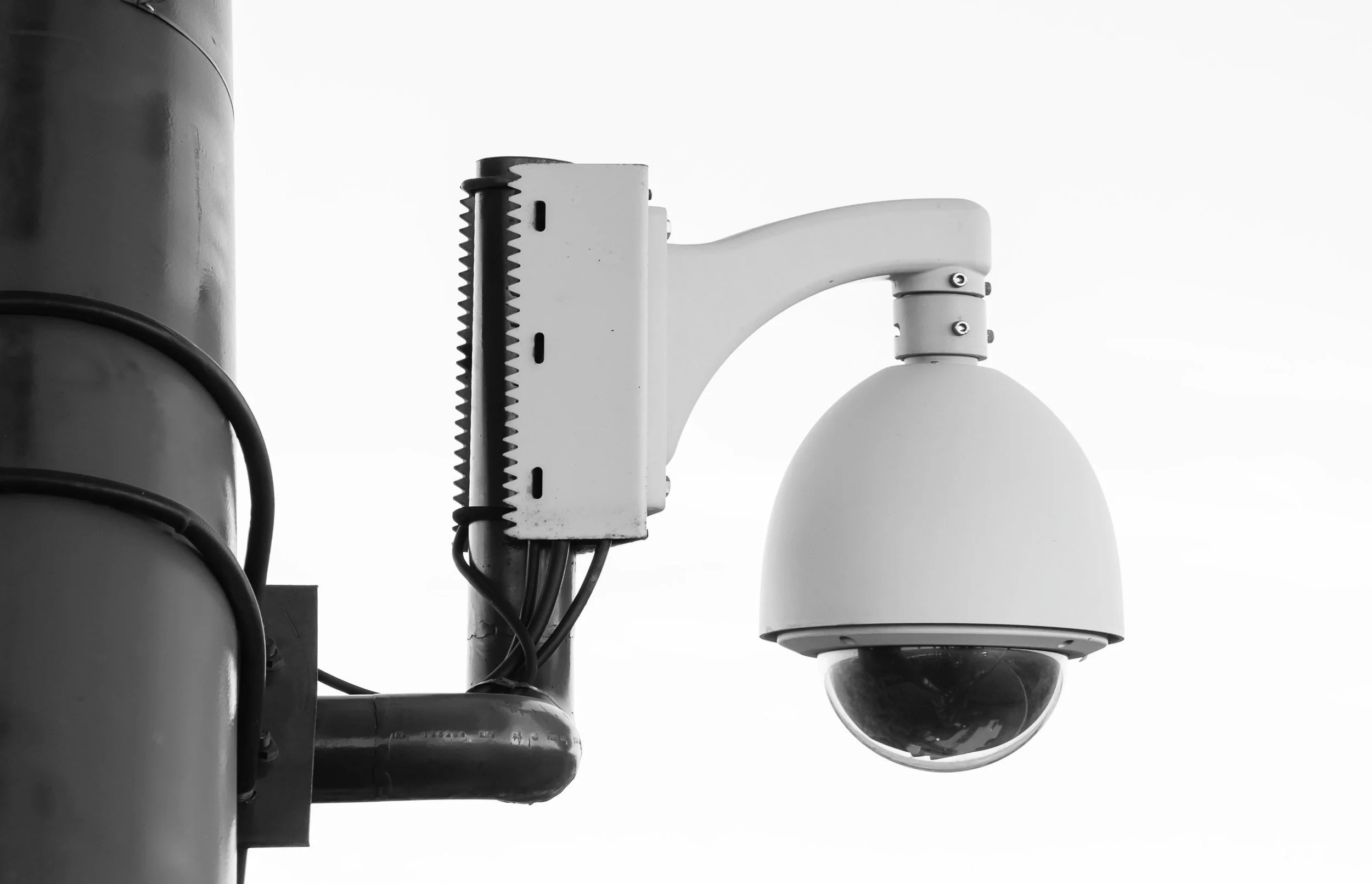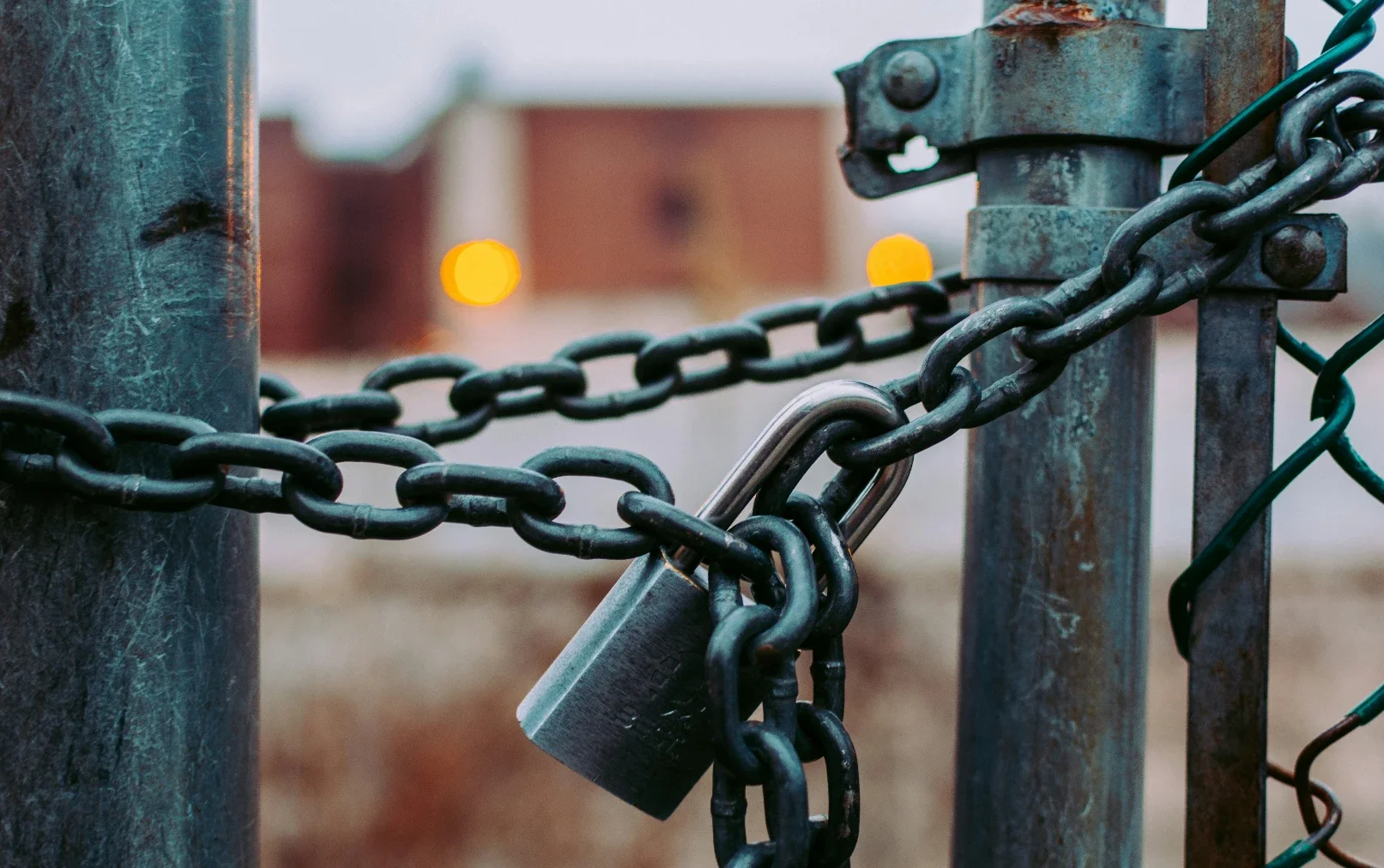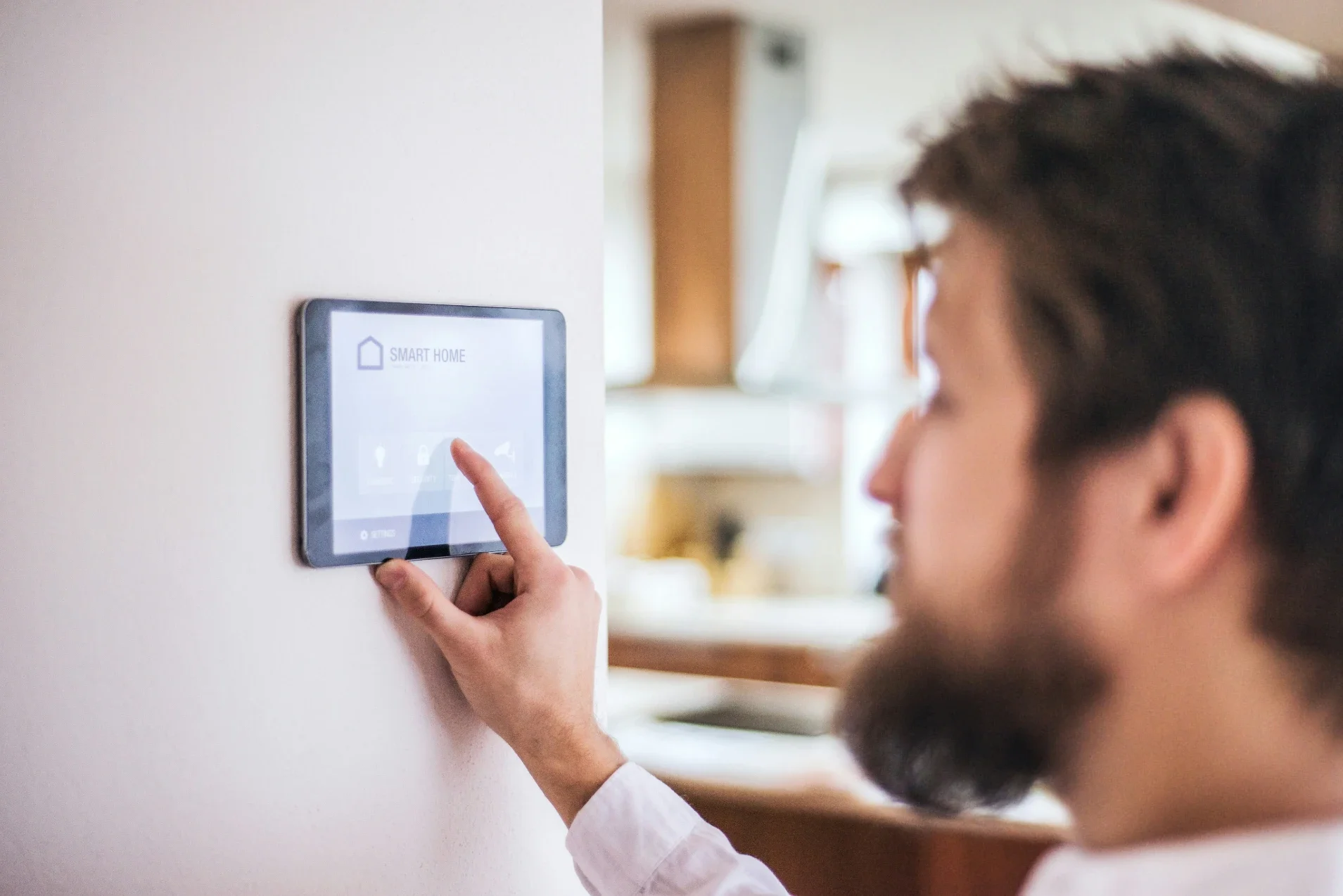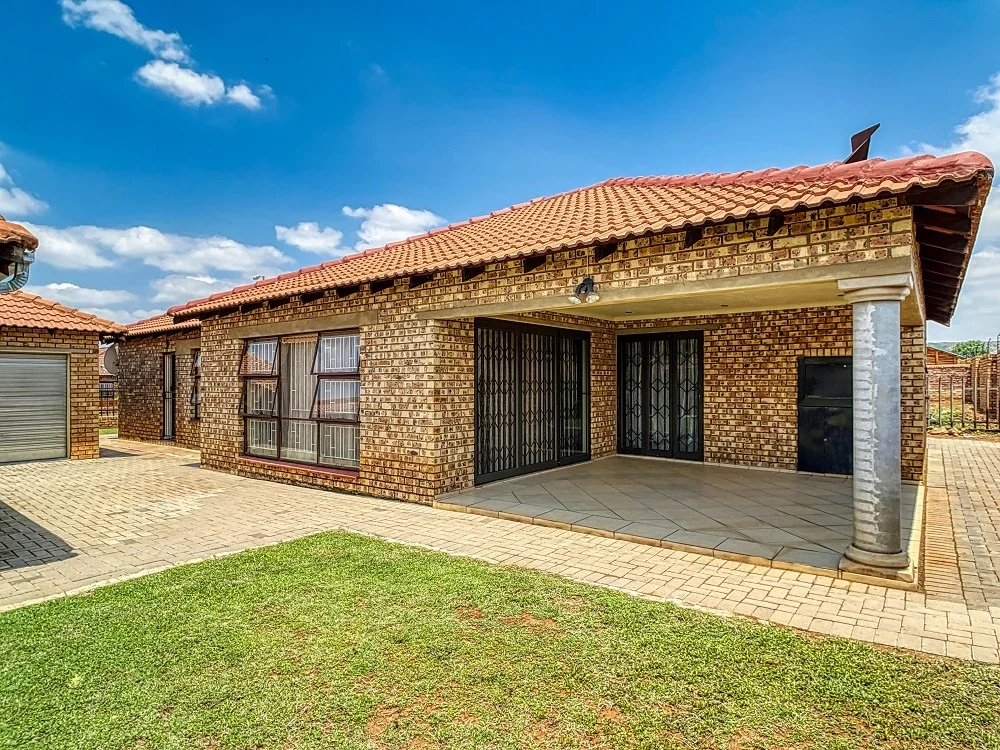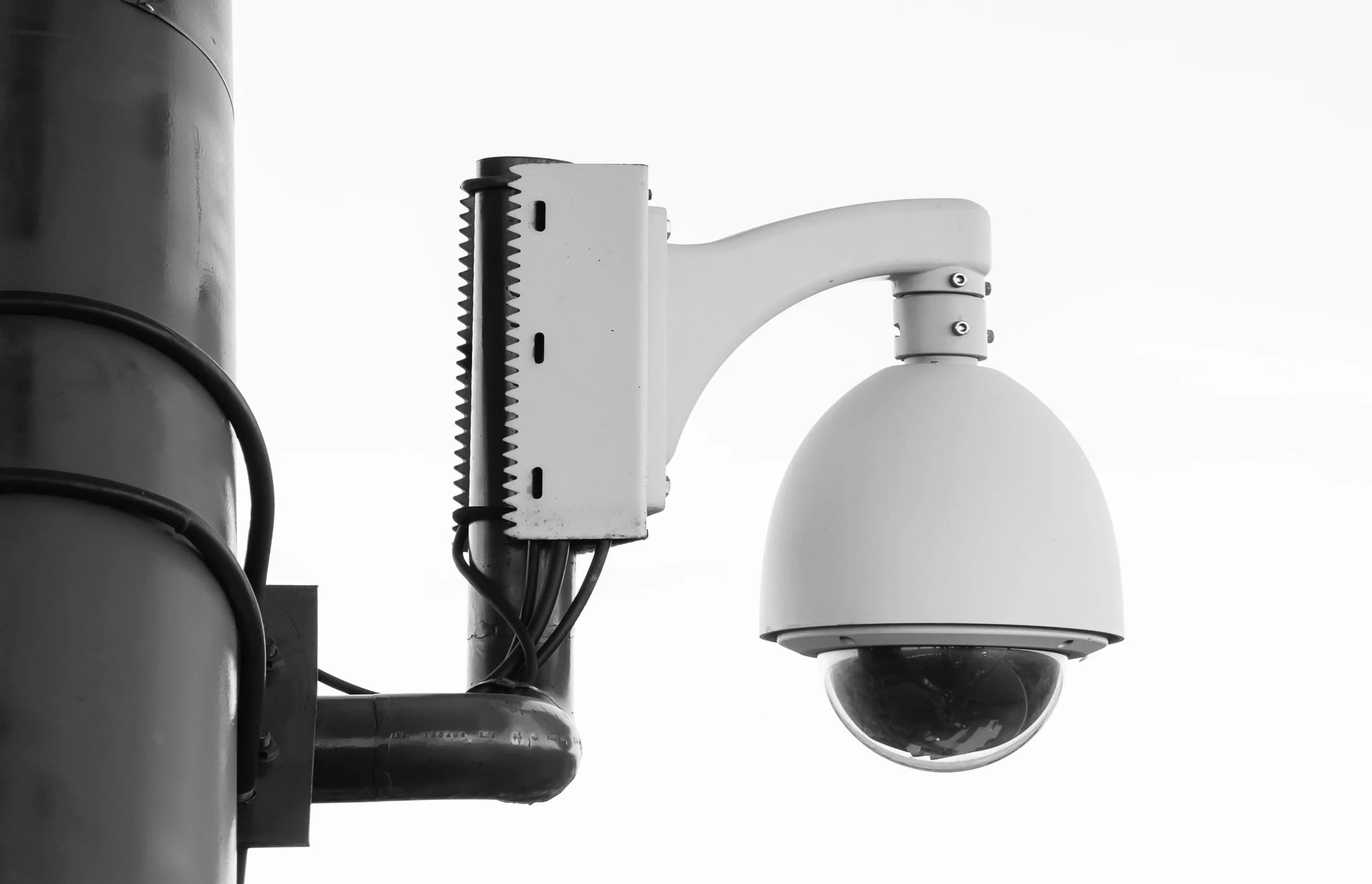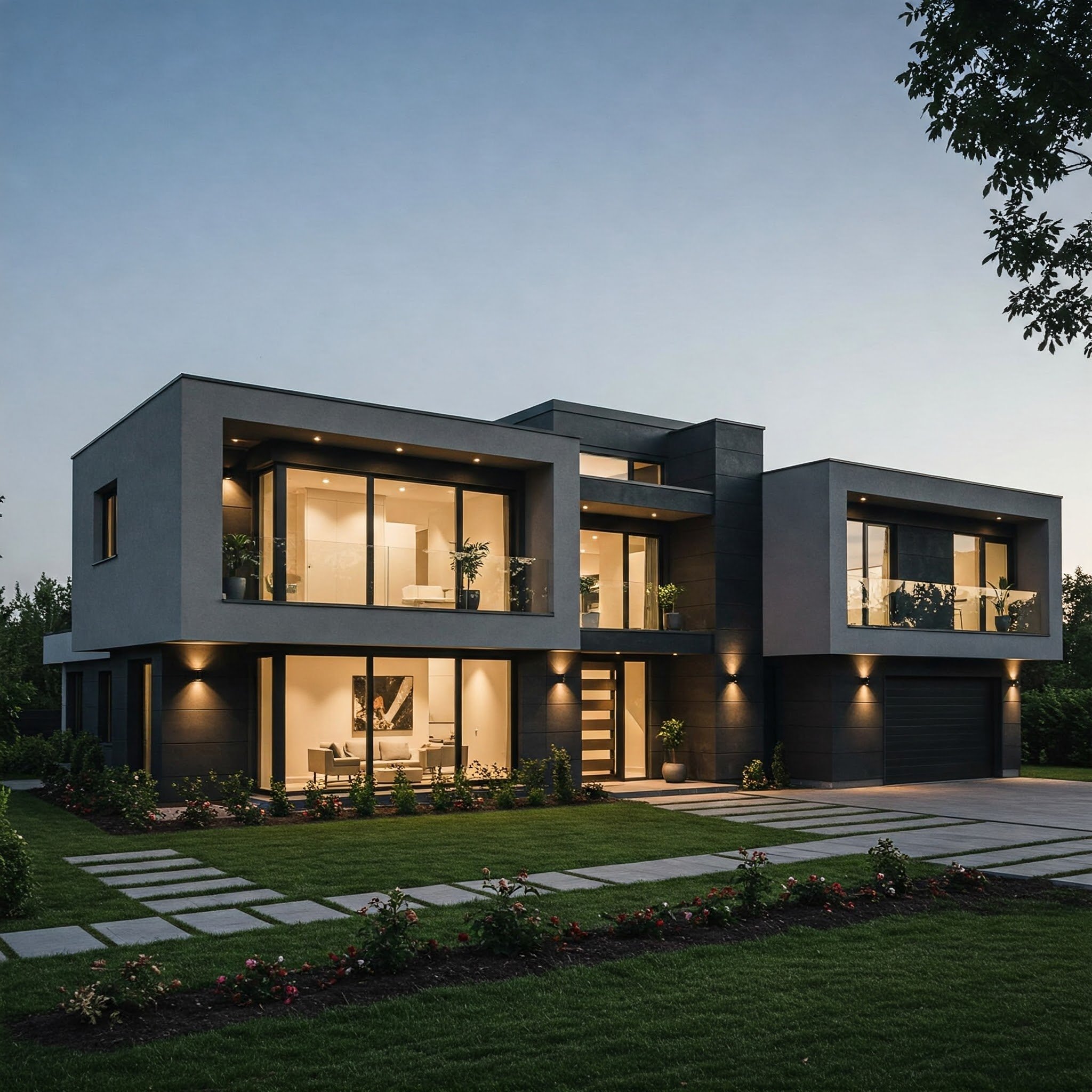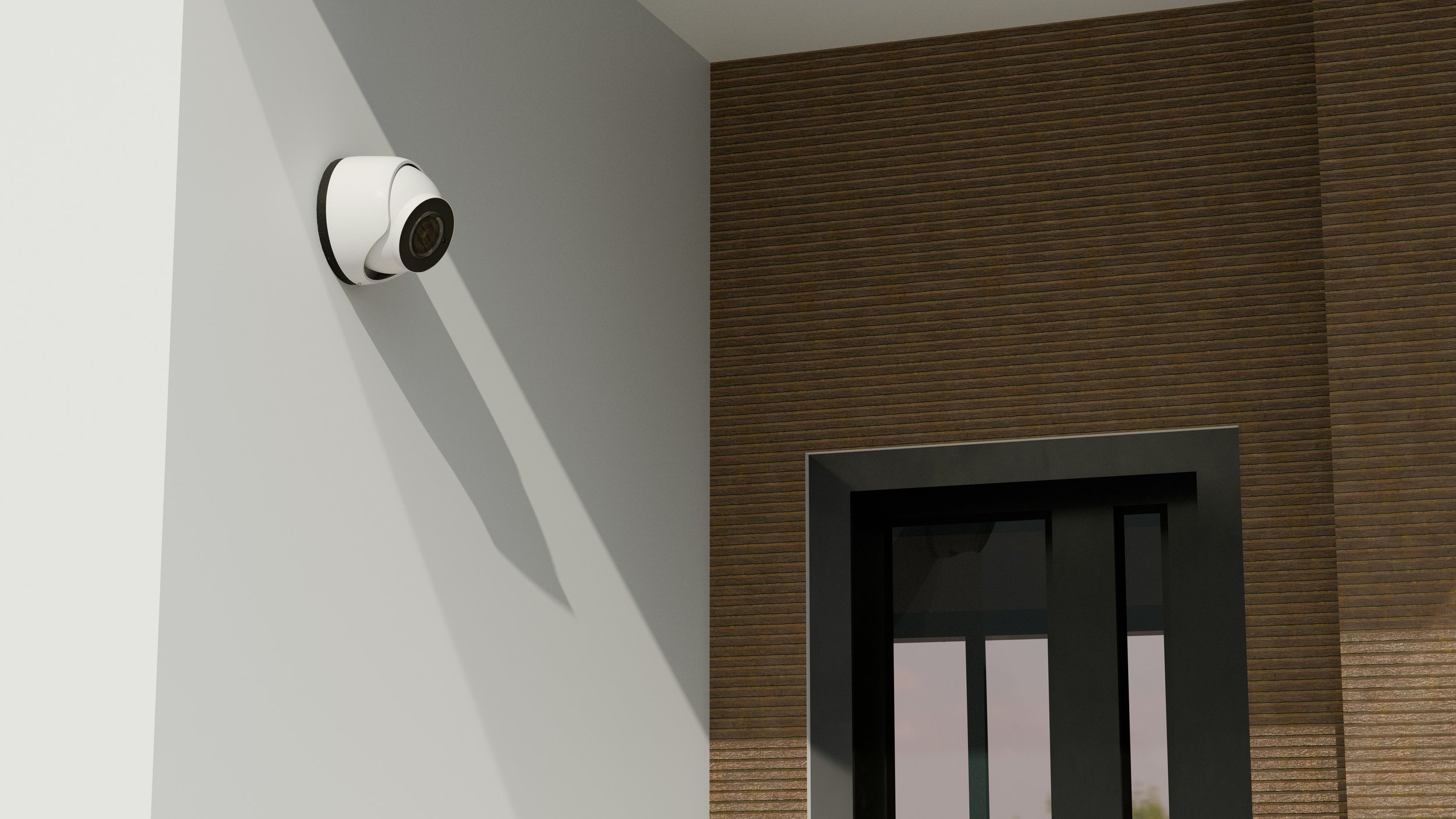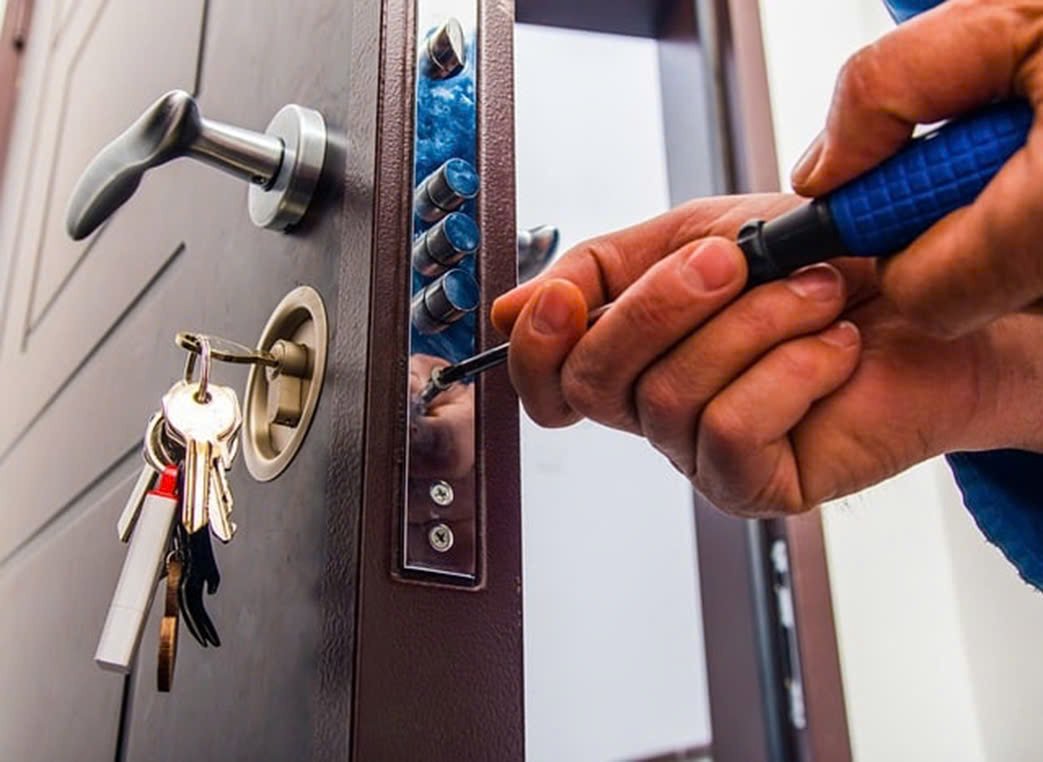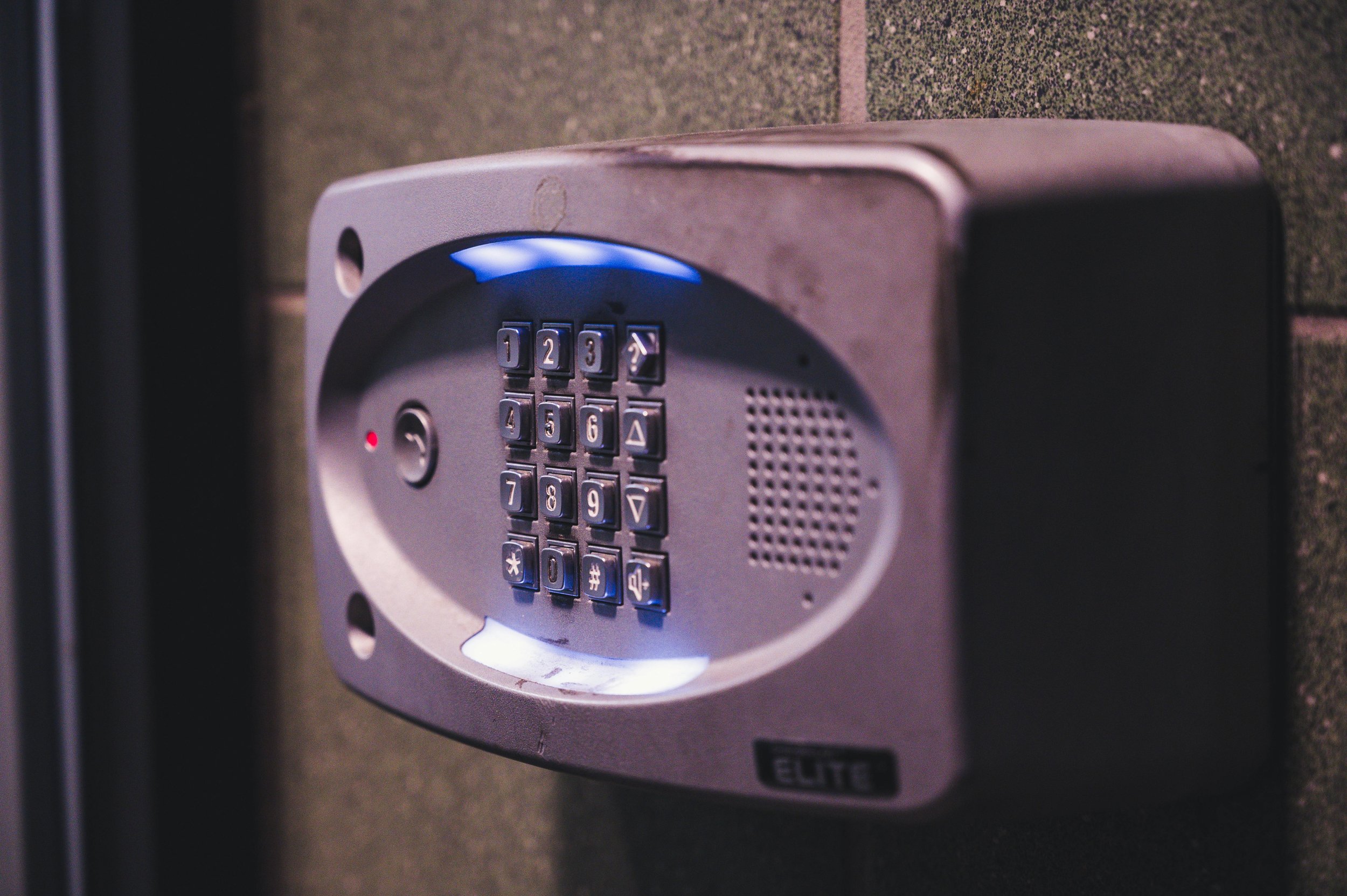How to Properly Use Home CCTV Cameras: A Complete Guide
Learn how to use home CCTV cameras effectively for better security, privacy protection, and optimal placement with this complete homeowner’s guide.
Home CCTV cameras are a vital part of any home’s security system. They can help you find the culprits if you were the victim of a crime. CCTV systems do more than catch criminals. They also prevent crimes because they deter potential thieves.
CCTV systems can only do all of this if they are set up properly. An improper setup means that you won’t get any useful footage in case something does happen, or your system will be disabled by a smart criminal.
This quick guide can help you understand how to use home CCTV systems for maximum effectiveness.
Choose the Camera Location
One of the most important factors when setting up your home CCTV cameras is figuring out where to install them. You want to get comprehensive coverage, especially of crucial entry points such as windows and doors.
When installing your home CCTV cameras, it’s better to turn to the professionals for the initial installation. The experts from Labs Smart Wiring Ipswich recommend looking for technicians with several years of experience in the field. Creating personalized CCTV networks that are adjusted to each house’s layout and quirks requires experience.
When setting up your cameras, you should also think about easy connectivity with the rest of your security system. If you’re using a wired system, make sure that it will be easy to run cables.
Connect to the Recording System
There are a few different types of CCTV systems available to homeowners. One of the most common differences between different types of CCTV cameras is whether they use a DVR or NVR system.
NVR and DVR refer to the way a camera records and stores footage for later use. DVR systems are more old-fashioned and use a classic recorder connected to cameras, usually by wire. NVR systems store videos on a network, usually using an Ethernet cable.
Whichever recording system you are using, you will need to connect the cameras during setup. You will also need to set up protocols for monitoring, storing, and eventually destroying the video footage as it maxes out your storage capacities.
Set Up Notification Systems
Once your CCTV camera is in place and you have the recording technology in place, the last step is to set up notification systems. You won’t be able to monitor footage around the clock, so you need to figure out a way to respond quickly when something abnormal happens.
Many CCTV cameras offer alert systems, such as emails or notifications, when motion is detected. Look into CCTV systems that are smartphone-compatible.
Using Home CCTV Cameras Properly
For a CCTV system to do its job of deterring and recording crime, it needs to be set up properly. The cameras and recording technology need to be connected and installed to provide maximum coverage. You also need to figure out a monitoring system that provides you with safe coverage without taking up all of your time.
For optimum CCTV set-up, it’s best to trust the professionals. Home CCTV cameras are affordable, but can be complex to set up. Professional installers ensure that you get maximum protection and can help you navigate supporting features such as digital tools and alerts.
